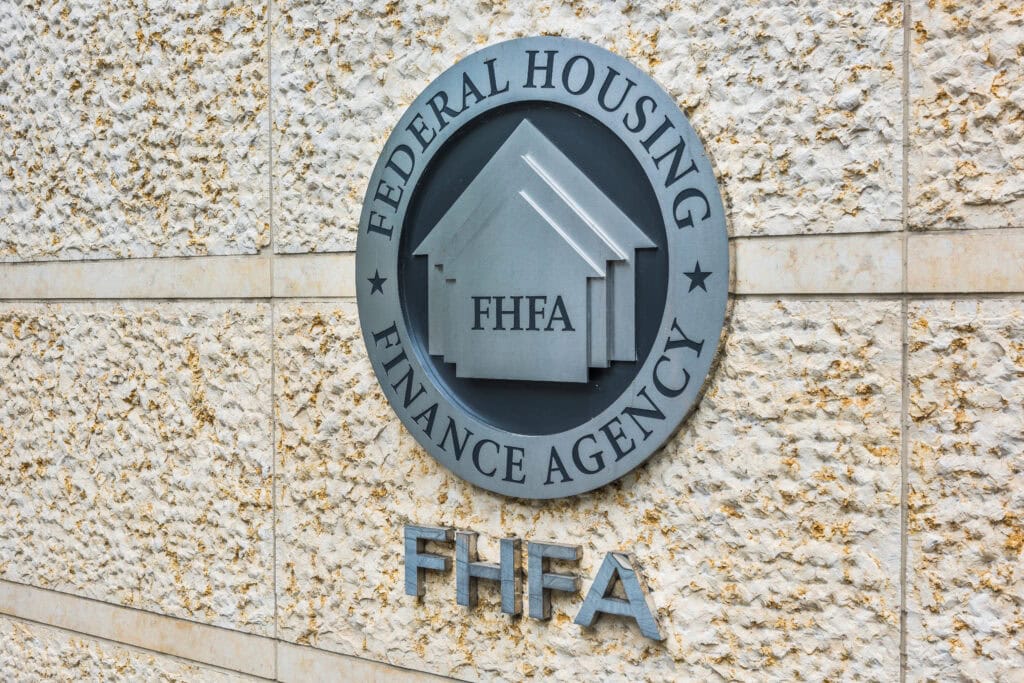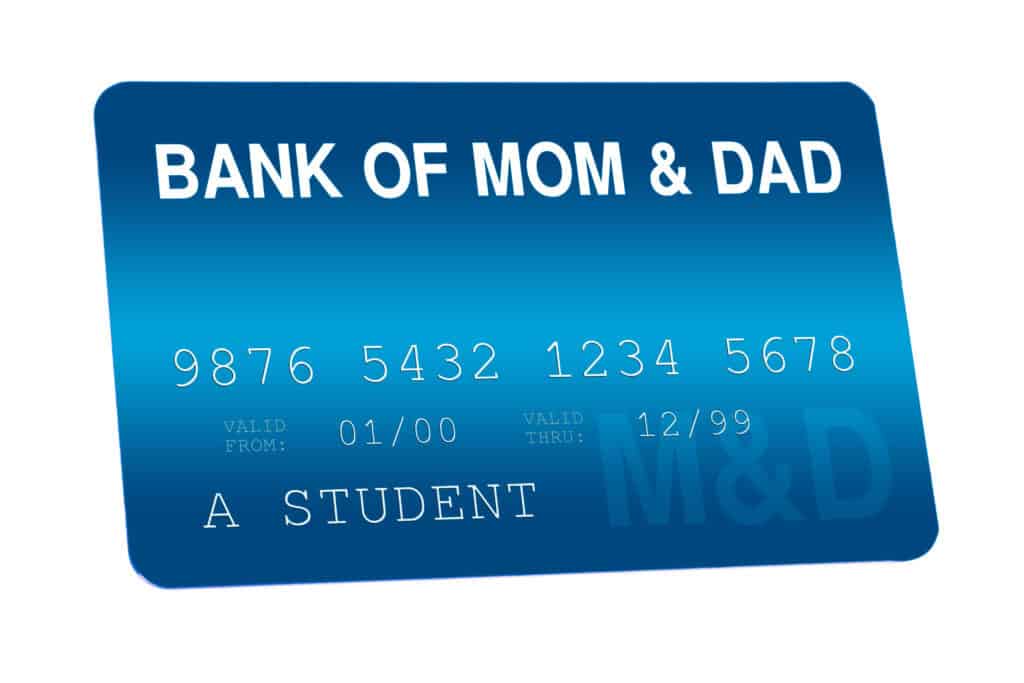The Trump administration’s renewed push for tariffs on Chinese goods is already sending ripples through the U.S. housing and construction sectors. With a focus on strengthening domestic manufacturing and reducing reliance on imports, the proposed policies include increasing tariffs on key building materials—aluminum, steel, and components used in home construction.
As these policies take shape, industry professionals are weighing their implications for homebuilders, buyers, and broader housing affordability.
Tariffs Return as Campaign Pledge and Policy Direction
In recent weeks, former President Donald Trump has reiterated his intention to reimpose or expand tariffs on Chinese goods if reelected. According to statements from his campaign and media coverage of his economic agenda, the proposed measures include raising the general tariff rate to as much as 60% on Chinese imports. This could directly impact construction supplies such as vinyl flooring, cabinetry, hardware, and lighting—many of which are sourced heavily from China.
The move is part of a broader policy platform aimed at reshoring U.S. manufacturing and reducing trade imbalances. However, industry leaders worry that short-term consequences could overshadow potential long-term benefits.
Construction Industry Faces Renewed Cost Pressures
The National Association of Home Builders (NAHB) has raised concerns that tariffs will further elevate the cost of new home construction. Builders have only recently recovered from the material price surges caused by the pandemic and previous rounds of tariffs. With inflation and labor costs already high, another wave of tariffs could increase project costs significantly.
Steel and aluminum are commonly used in structural components, appliances, HVAC systems, and windows. Tariffs on these items not only affect custom and luxury builds, but also entry-level and affordable housing developments.
As a result, some developers may delay projects or reprice homes, making it harder for first-time buyers to enter the market.
Impact on Housing Affordability
Rising construction costs inevitably trickle down to consumers. The combination of elevated interest rates and higher material costs may push new homes out of reach for middle-income buyers. First-time buyers are particularly vulnerable, as many already struggle with affordability thresholds.
Builders may also pull back on production, compounding the nation’s ongoing housing shortage. The potential for fewer homes and higher prices puts pressure on policymakers and regulators alike.
Reactions from Homebuilders and Policymakers
Industry reactions are mixed. While some manufacturers support the tariffs as a means of protecting U.S. jobs, builders have expressed concern about the practical cost implications.
The Mortgage Bankers Association and NAHB have both noted that any disruptions to the supply chain or material pricing could complicate the housing recovery.
Policy analysts also point out that tariffs may strain diplomatic relations with China, affecting industries far beyond housing. However, proponents argue that short-term pain could lead to long-term resilience if it drives domestic production of key building inputs.
Looking Ahead: Policy and Market Uncertainty
With the 2024 presidential election approaching, much of the tariff talk remains speculative. But markets are already pricing in the risk. Futures for key materials have risen slightly, and homebuilder stocks have shown increased volatility in recent weeks.
If tariffs are implemented swiftly in 2025, the construction industry could face an immediate pricing shock. For homebuyers, this could mean higher down payments, fewer inventory options, and an even steeper affordability curve.
Meanwhile, policymakers are watching closely. The Federal Reserve, already cautious about inflation, may weigh the inflationary effects of tariffs when setting future interest rate policy.
How Consumers Can Stay Ahead
For buyers concerned about affordability, tools like the Loan Affordability Calculator can help assess changing cost scenarios. Keeping an eye on mortgage rate trends via the OBMMI Mortgage Rates page may also offer insight into market shifts tied to policy uncertainty.
While the long-term impact of tariff changes remains to be seen, staying informed and financially prepared is key for anyone navigating today’s evolving housing landscape.










